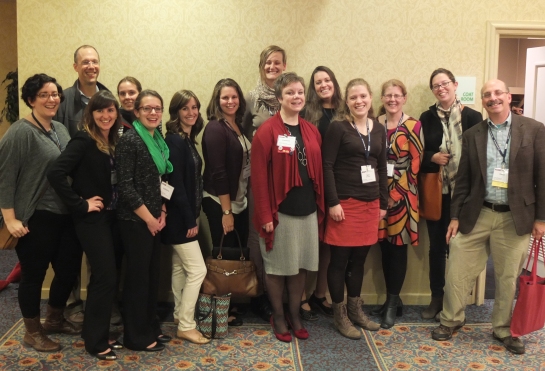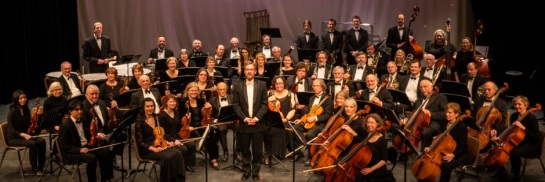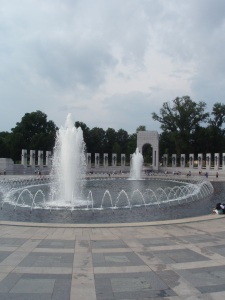“…The stories we craft, and the stories visitors to exhibitions both bring to, and craft from, their encounters, can expand empathy and create transformative experiences, provide new insight and catalyze action.” —Marla Miller, Professor, UMass History
The New England Museum Association (NEMA) held its annual conference in Portland, ME, on November 4th-6th. This year’s theme was “the language of museums,” and many sessions explored the importance of communication. Students, faculty, and alumni from the UMass Amherst Public History program attended the conference, and several of us maintained an active presence in the conference’s Twitter conversation, #NEMA2015 (click the link to see our tweets on Storify).
Many sessions that we attended focused on making museums inclusive spaces that combat systems of oppression, but there were also sessions on visitor engagement and photographing museum collections. Other members of the UMass Amherst Public History cohort attended sessions on objects and emotion, creating empathetic experiences, legislative advocacy, statewide collaborations, having difficult conversations in museum workplaces, and graphic design.
Here are some reflections from faculty and students on #NEMA2015:


